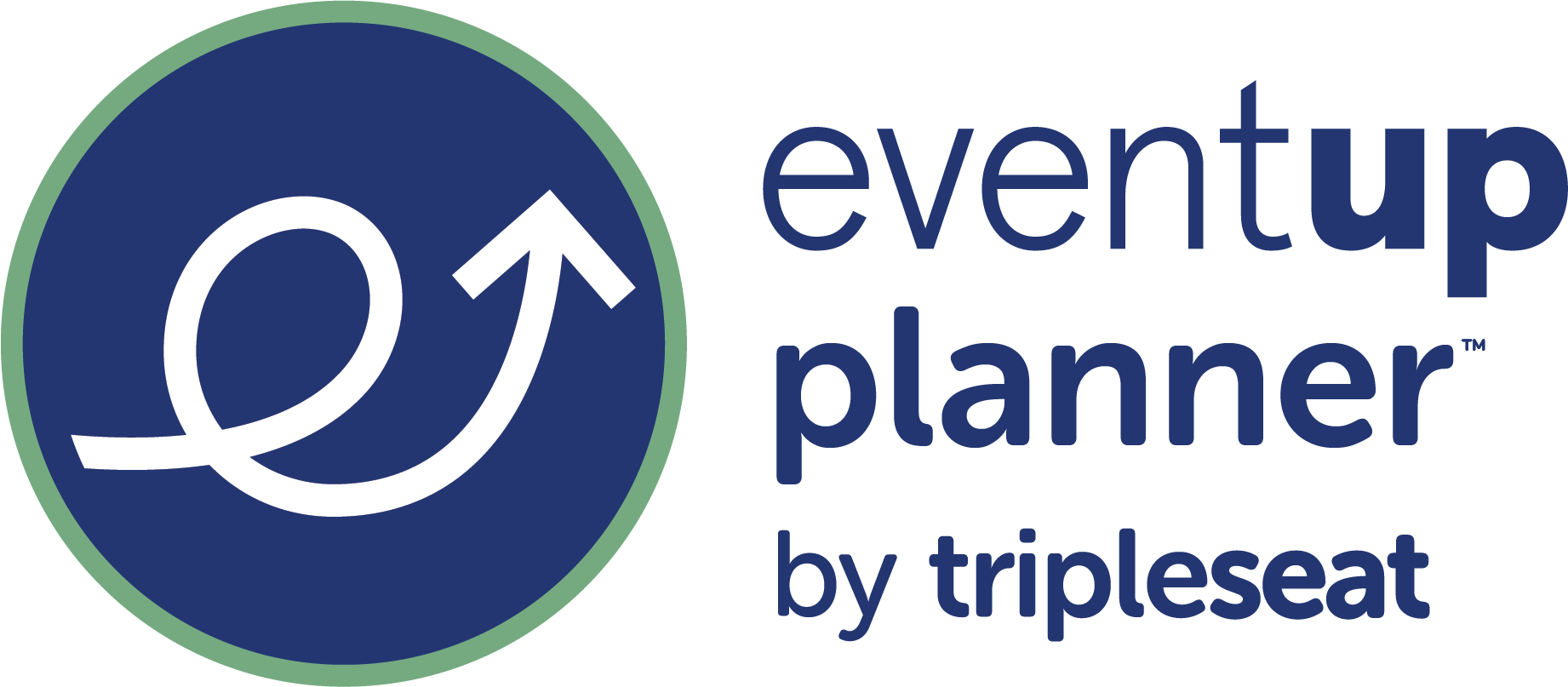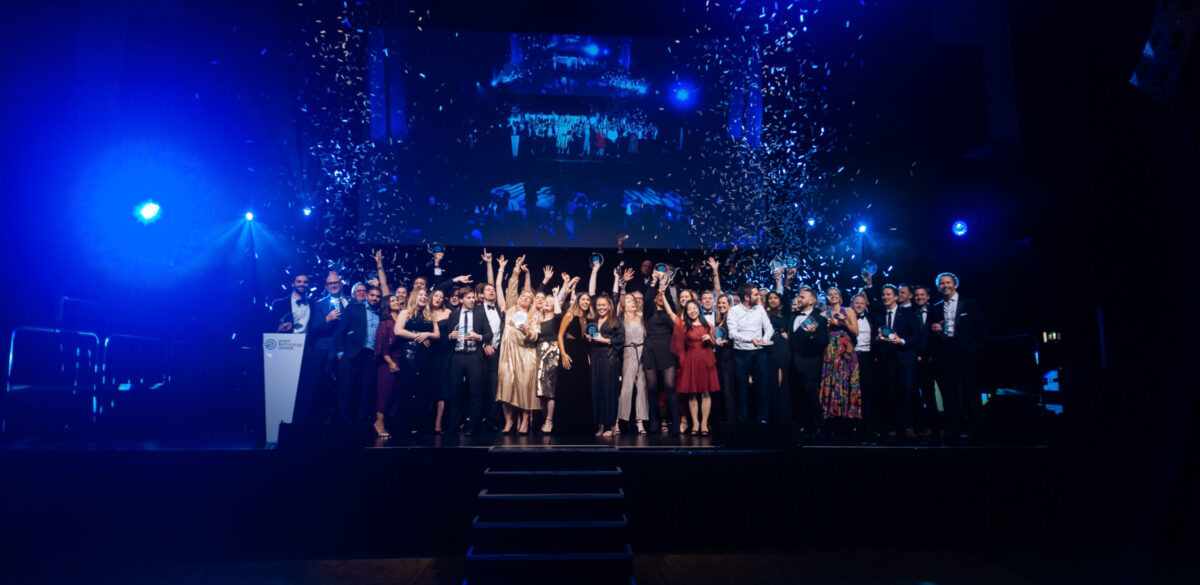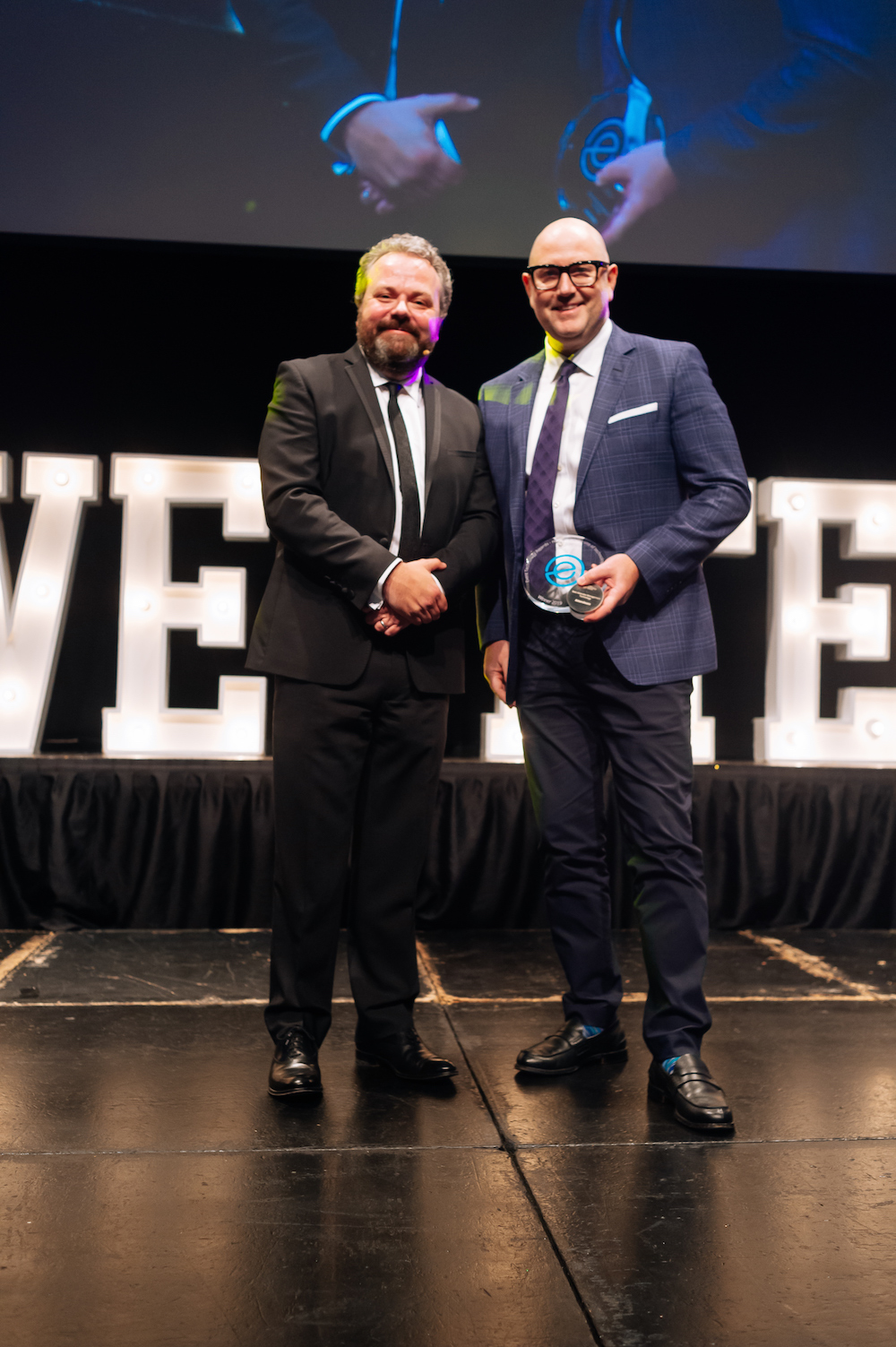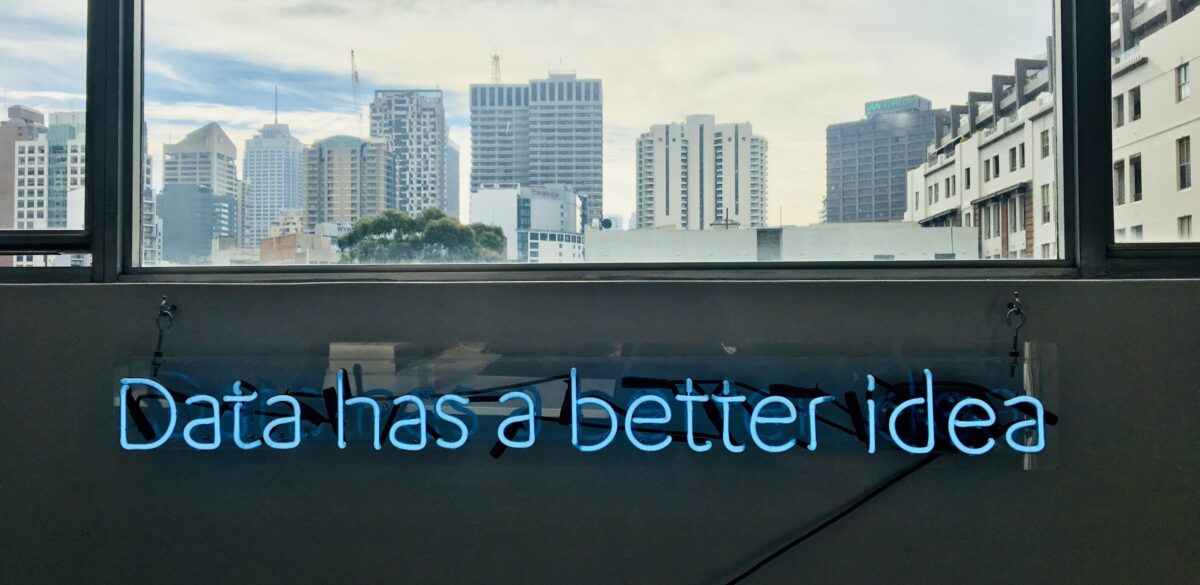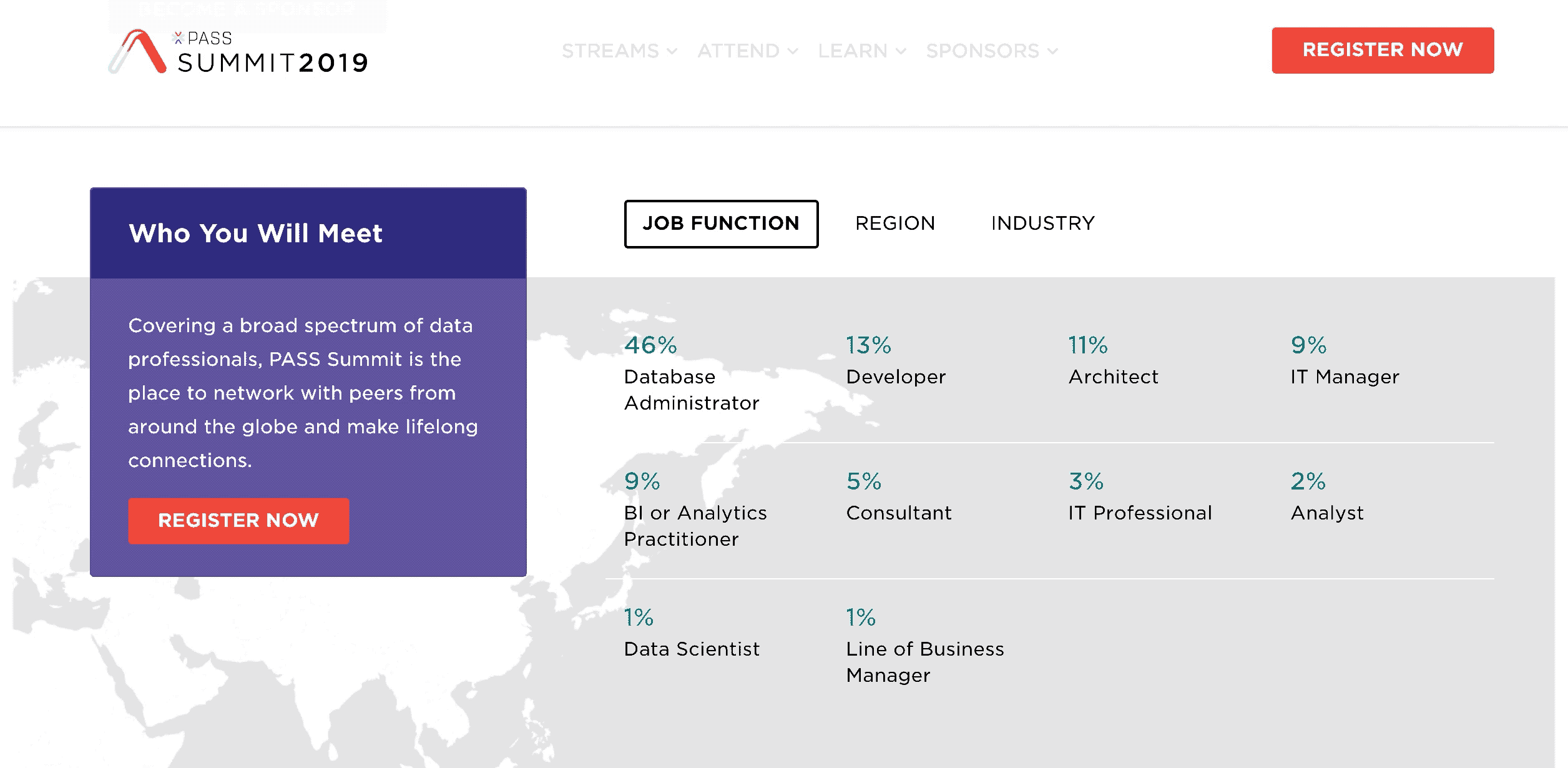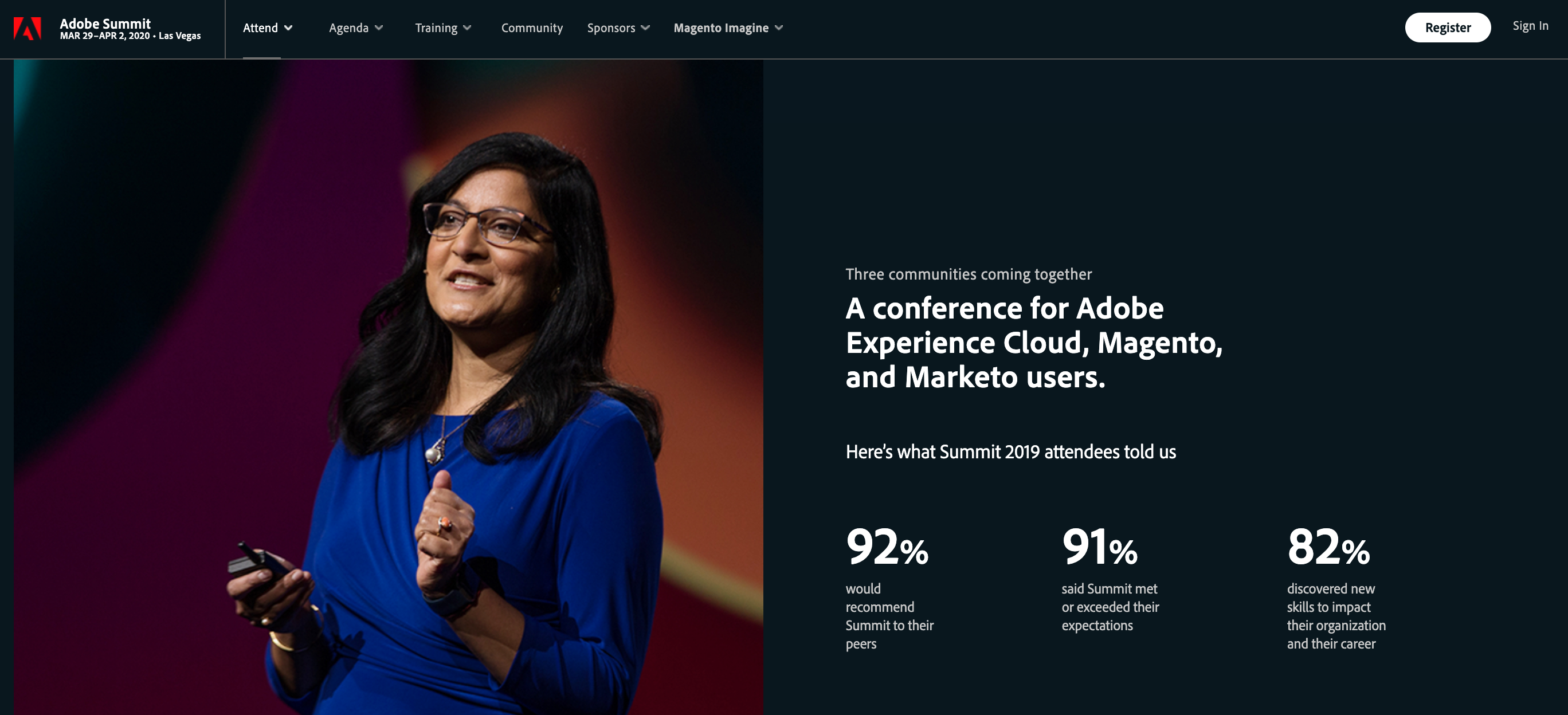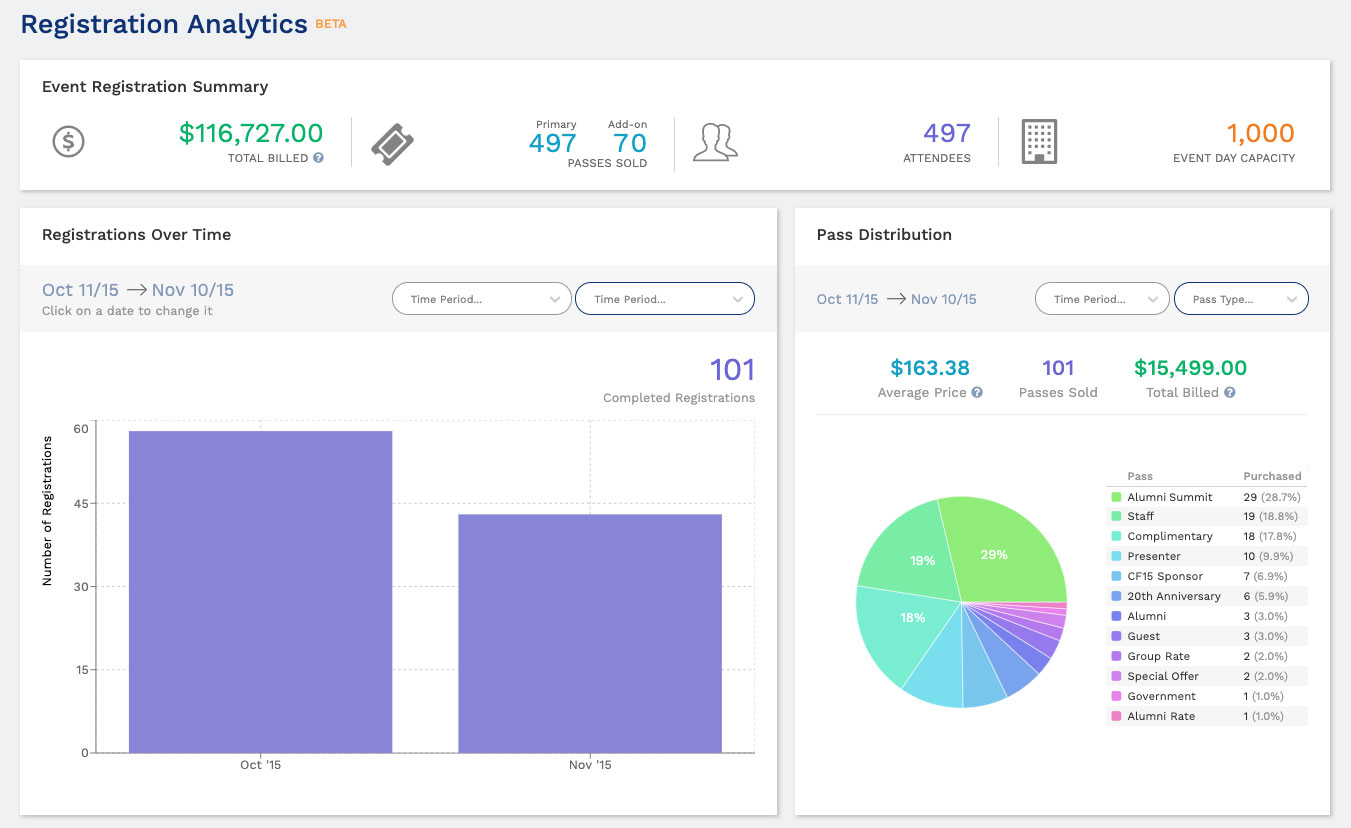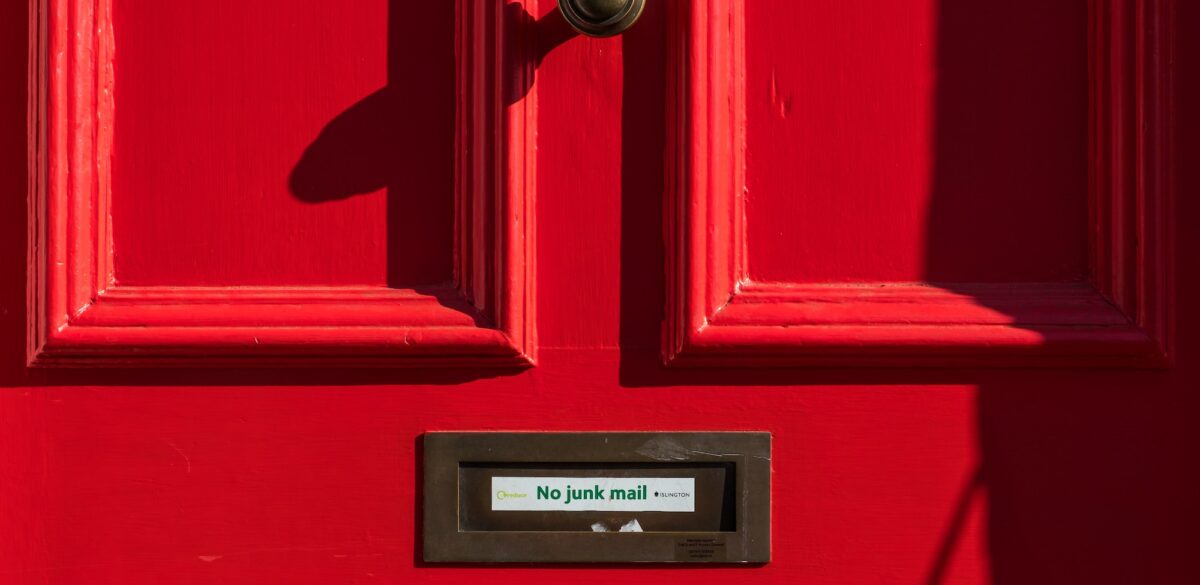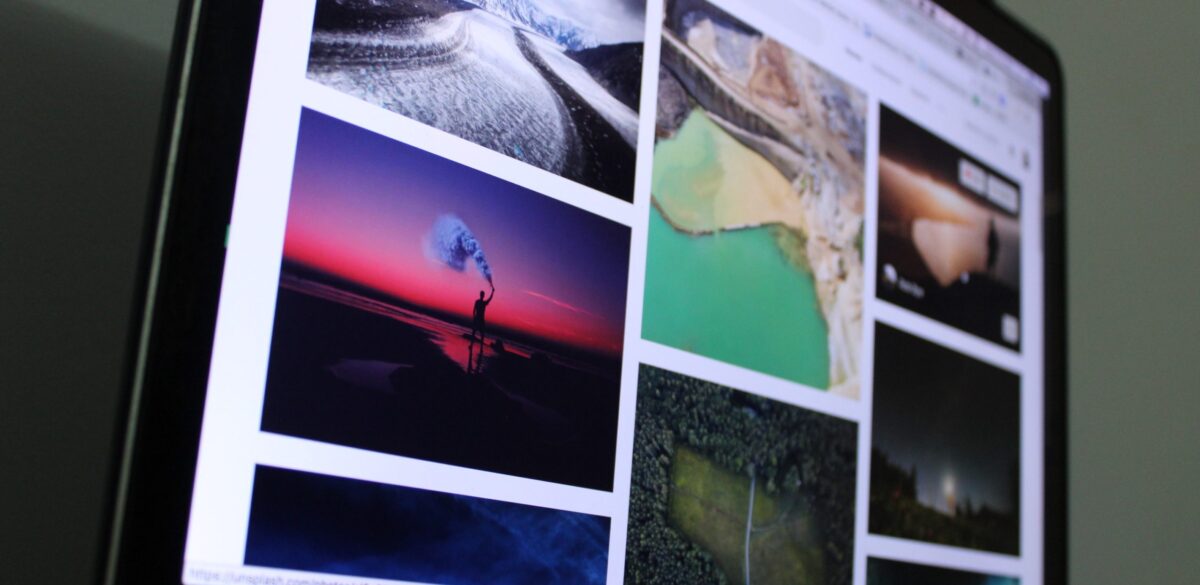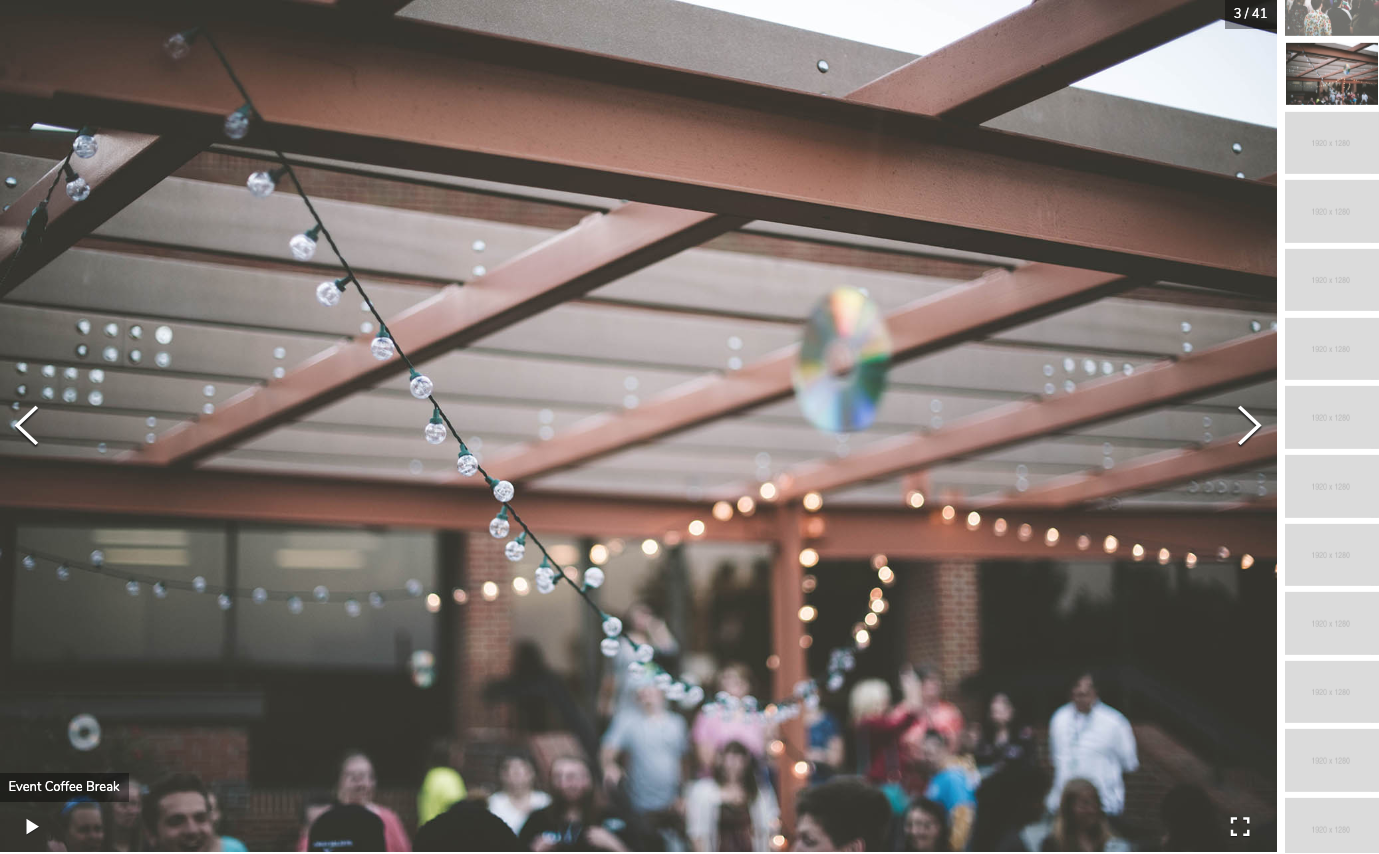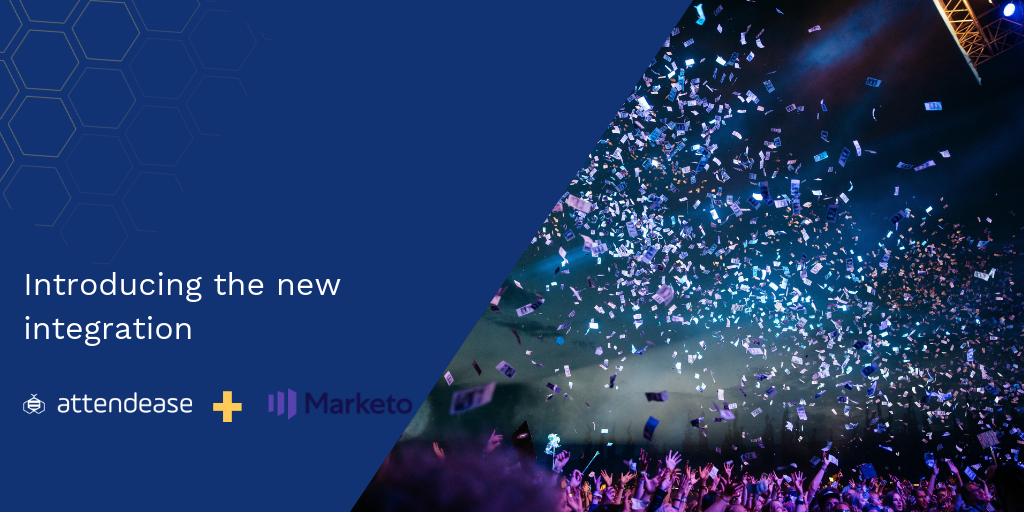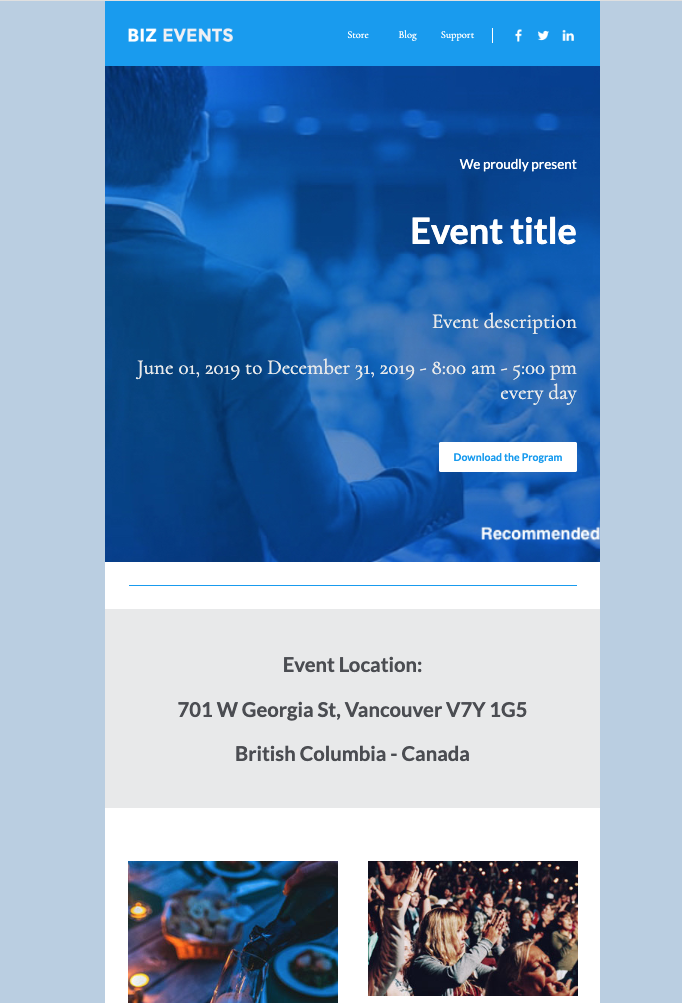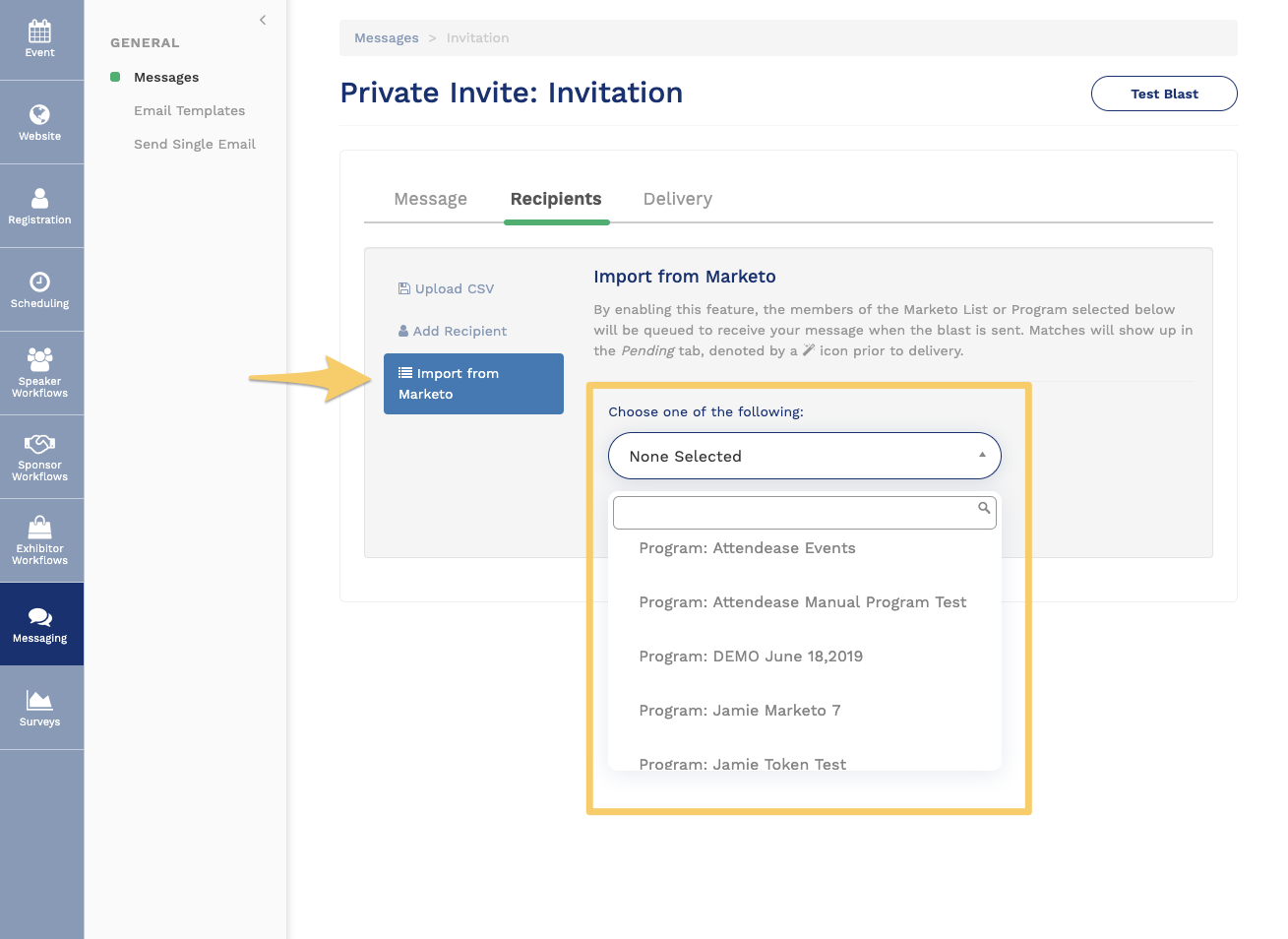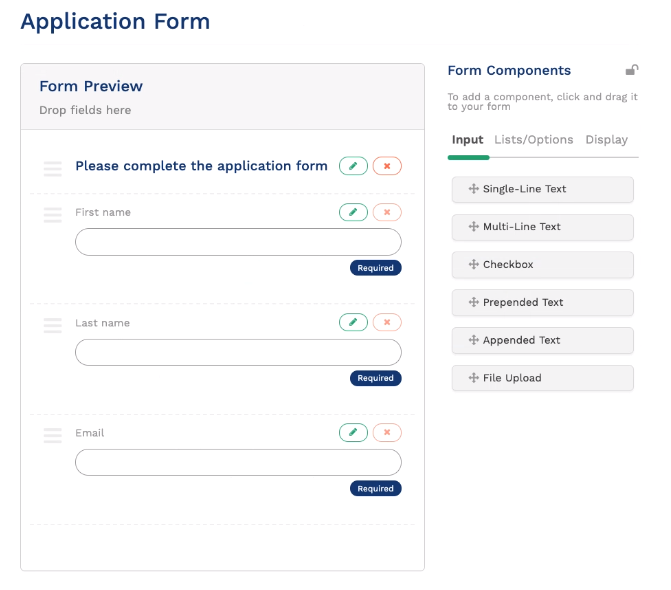There is no doubt how important it is to use social media to promote your events and create buzz. Whether using paid or organic reach, you should be able to keep top of mind with your desired audience while boosting registrations. Here are some tips to make the most out of your event’s social media strategy.
Should I create a Facebook Event to help promote my event?
Even if you are selling tickets on a different platform, such as your own website or an event website hosted by an event management platform like Attendease, you may still consider creating an event on Facebook to help you spread the word.
Here are some of the benefits of creating a Facebook event:
- You are able to send personal invitations to a list of contacts
- Once a contact shows interest in your event, their connections may see it on their own feed, so you can reach new audiences at no cost
- The contacts who showed interest in attending the event will receive notifications from Facebook to remind them to purchase tickets or that the date is coming up
- You can boost the event by creating a paid post in order to reach more users
- Contacts who follow your Facebook page may look for the events you host on the events tab of your business page
Pro Tip: While there are many benefits to creating a Facebook event, this may not be a great idea if you are planning a private event.
How do I create a Facebook Event?
From your Facebook Page, click “create event”.
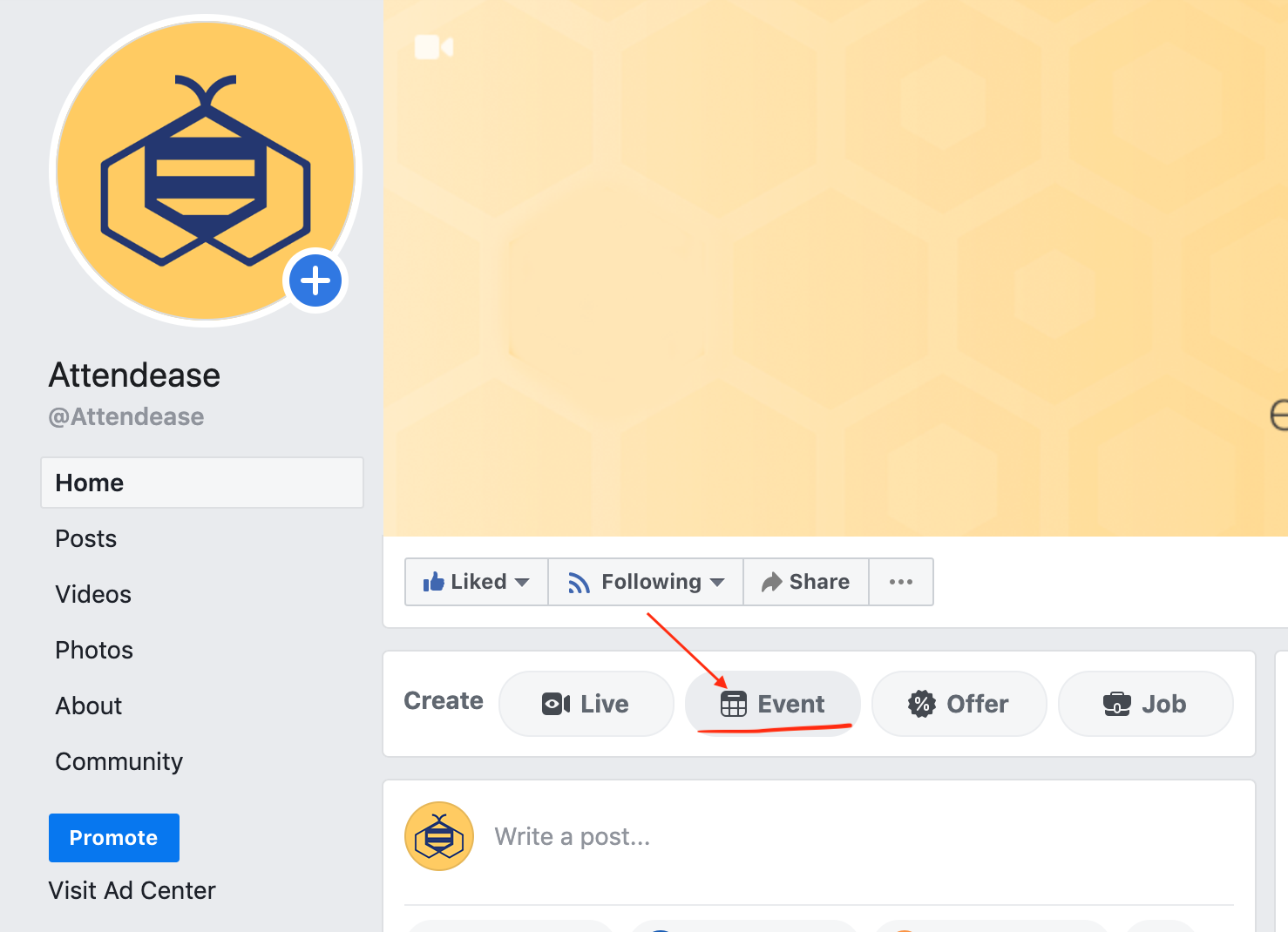
Add your event information:
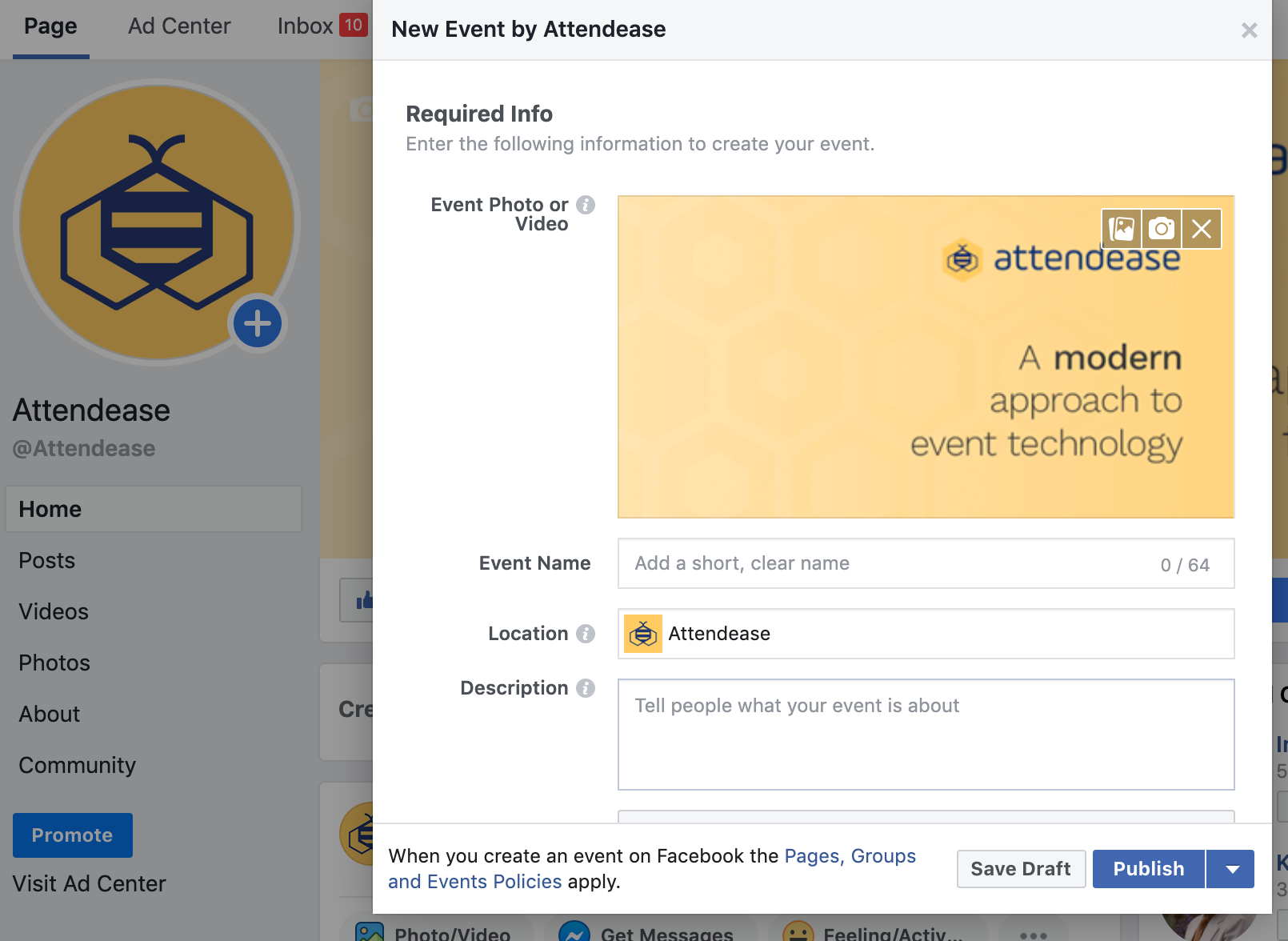
Pro Tip: In order to increase your reach, don’t forget to add a category, add as many relevant keywords as you can. This will help you get more exposure to people who may be interested in the topics and keywords you use. Don’t forget to add a link to the official event website, where prospects can buy their tickets.
How to Boost a Facebook Event to Gain More Reach
Once you create your event, you are able to boost it by creating a Facebook sponsored post to promote the event. Just hit the “boost” button on the post (or create it from the Facebook for Business Dashboard) and then choose an image, audience, budget, and duration for the ads to run and you’re all set.
Pro Tip: Pay special attention to the audience, as reaching the right one is crucial for the success of your campaign. Here are a few segments you should consider:
- Users on your geolocation, from a specific demographic (you can choose age, gender, job titles, marital status, interests, and more)
- Users who liked your Facebook Page
- Import a list of contacts from your CRM
- Create a remarketing list to show the ad to users who have visited your website
- Create a Lookalike campaign based on your current followers or customers
Leverage User-Generated Content to Promote Your Event
Imagine other people can promote your event for you, and not charge you anything for it. That is possible through UGC – User Generated Content. That means your audience will be sharing posts about the event and reaching their networks. Here are some ideas to inspire users to share your content:
Avatar and Stories Frames
For larger events, consider creating a Facebook avatar filter or a story frame. This will only work if you have enough volume of people and if people are genuinely excited to share with their network that they will be joining you. Here’s an example of a frame Social Media World used for their conference.

Pro Tip: Keep in mind that Facebook has some policies that you must follow when submitting your frame for approval. That includes the size of your frame (it can’t take the entire screen) and restrictions for use of logos. Once your frame is ready to be used, make sure to promote it so people start using it! Make a post about your frame, use it yourself, and remind users to create content with the frame on the days leading up to the event and during the event itself.
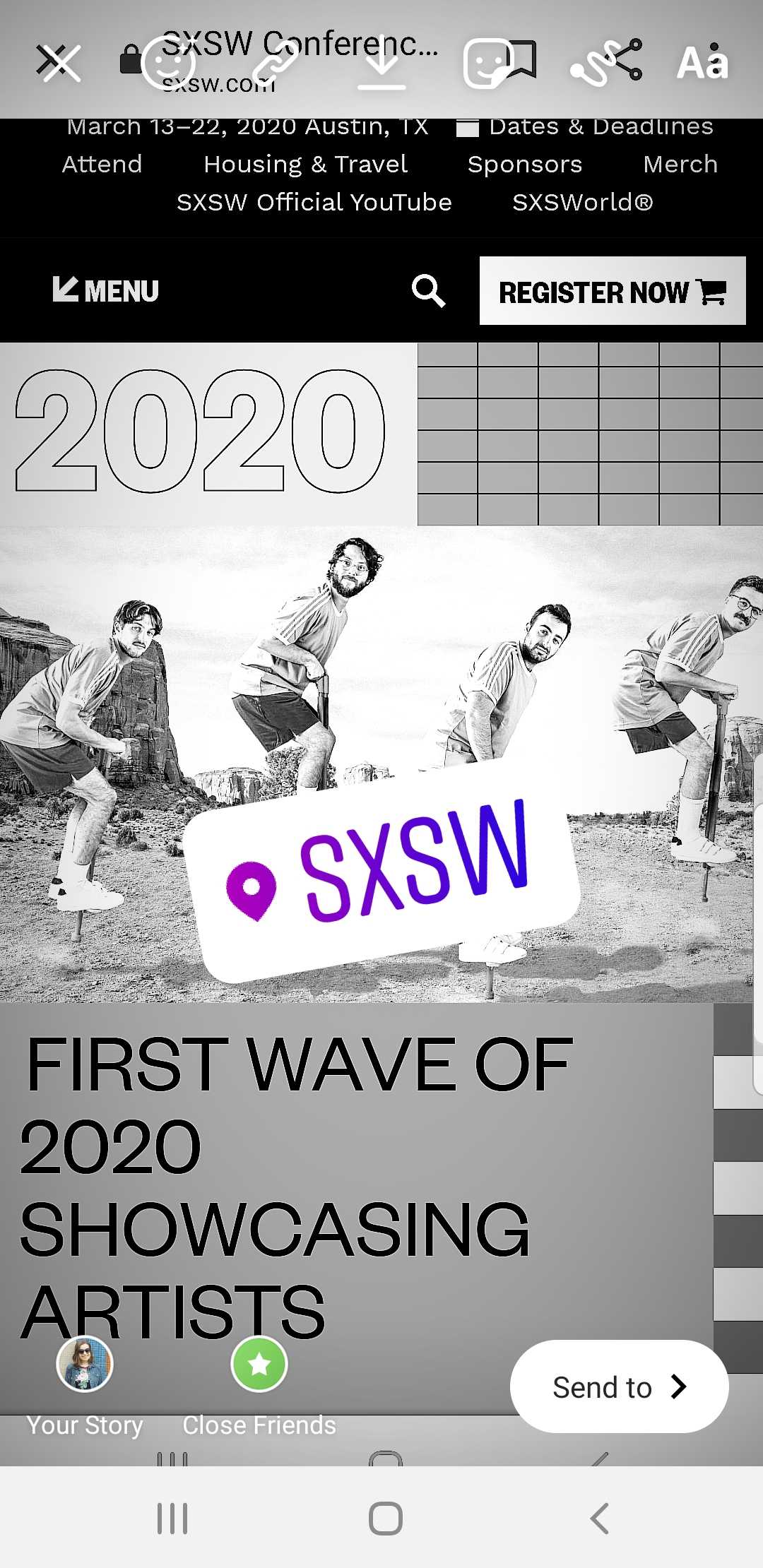
Create a custom location for social sharing
Want to create even more buzz during your event? Create a geotag with your event name, so attendees can easily check-in and share on social channels. Here’s an example from SXSW tag being used on Instagram Stories.
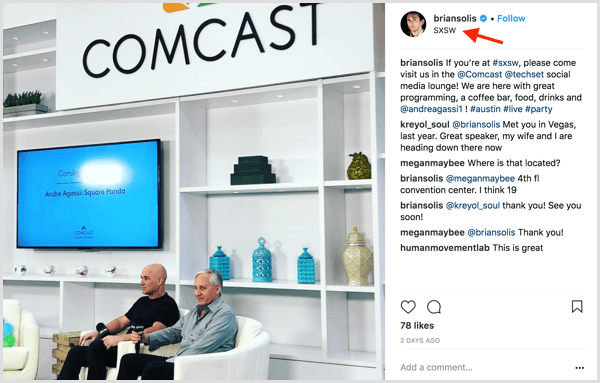
How to create a Facebook and Instagram geotag?
1- Go to Facebook and click to create a post. Among the post options, choose “check-in”.
2- Type the name of your event. If it shows on the list of options, then you are all set. If not, you will need to click Add Place in order to add it to the list. (If you don’t see the Add Place option on a desktop computer, try doing it from a mobile device)
3- Follow the prompts to include information about your location
Social Share Buttons
After contacts have registered for your event, add social share buttons so they can easily share with their network that they will be joining your event.
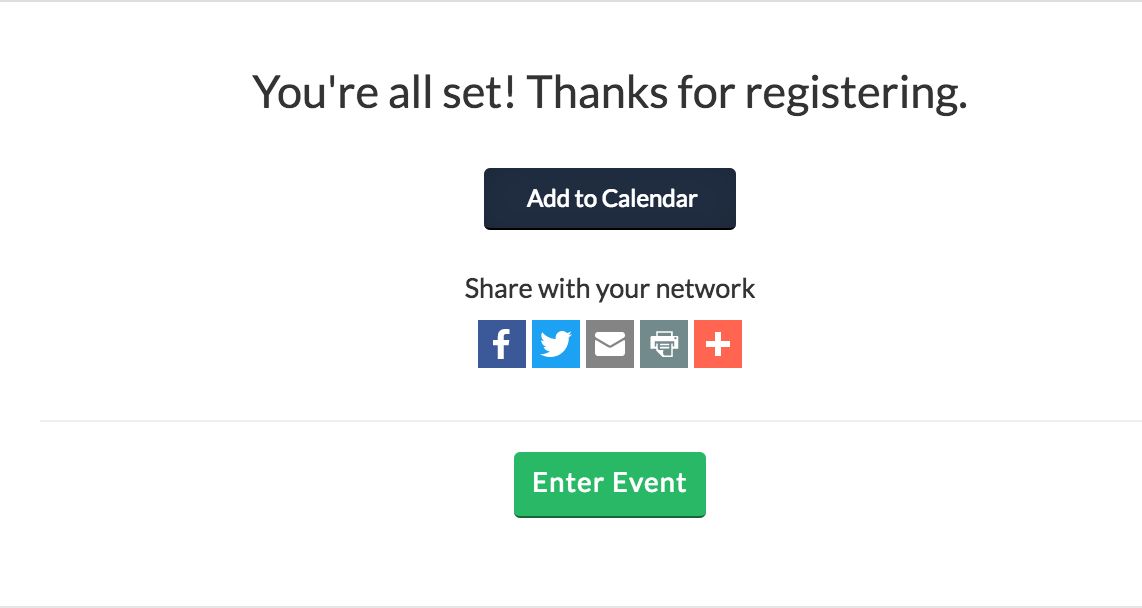
Leverage Speakers, Sponsors, and Exhibitors
Give speakers, sponsors, and exhibitors a series of blurbs for easy sharing on social media, including tweet-worthy text, event hashtag(s), sponsor handles, and ticket purchase links, as well as image banners for each social media channel. They’ll be more likely to share if the posts are pre-written and easily shareable.
Here are the banner sizes for the most popular social channels (all image dimensions below are in pixels, width x height):
- Facebook: 1200 x 630
- Instagram Post: 1080 x 1080
- Instagram Stories: 600 x 1067
- Twitter: 440 x 220
- LinkedIn: 350 pixels wide
Create a Memorable Hashtag
Having a unique hashtag for your event will make it easier to track and share content relevant to your event. To make this happen, make sure to check online first to confirm that no one else is using the hashtag of your choosing, use the same hashtag across all social channels, make it short, and make it easy to type in order to avoid typos. You can also use tools like Hashtagfy to help you track and measure mentions and conversations around your event.
Contests, Draws, and Influencers
Contests, draws, and influencers can be a good strategy for B2C events. Here are some ideas to leverage the power of social to create more buzz and spread the word:
- Create a Facebook and/or Instagram draw in which participants will enter to get a free ticket if they share the event with their network or tag friends to the event post.
- Influencers and micro-influencers who speak to your audience can be a powerful tool to promote your event. Compile a list of influencers that could be a good fit and reach out to ask for a media kit and a price chart.
Here’s an example of an Instagram post from an influencer helping to promote an event to their audience:

Create Buzz During the Event
It’s not because the registrations are closed that you should stop caring about your event’s social media. The buzz generated during the event can be your best tactic to show the world how great your event is and to boost sales for upcoming events. Here are some tactics to help you with that.
CREATE AN INSTAGRAM WORTHY EVENT
Whether you pick a special area for a photo wall, or you have your entire event space as an amazing showroom, make sure to have dedicated spaces that are cool enough to motivate people to take a photo and share.
Here’s a photo wall example from Rise Above Signs:
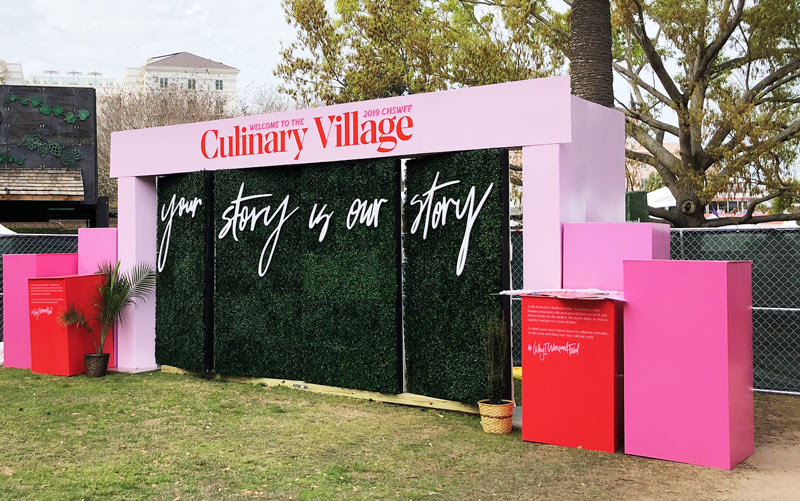
And an interactive photo-worthy area designed by Elegant Design Events Ltd.:

DISPLAY A SOCIAL MEDIA WALL
Increase your online social interactions and conversations by displaying a live social wall at your events. This will not only motivate attendees to share, but will also boost interaction between attendees, engage guests, and generate social buzz. Here’s a sample from Dialogfeed:
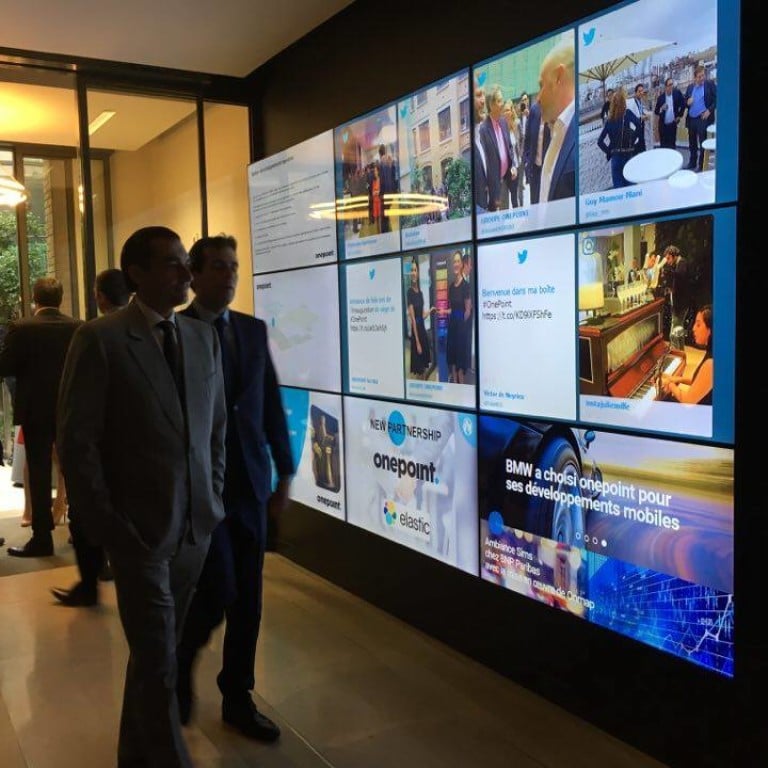
Conclusion
Building social buzz before and during your event can help you boost registrations and increase attendees overall impression of the event. Make sure not to overlook the role that social media can play in your next event.
Want to learn more about event management tactics and ideas? Make sure to subscribe to our emails so you don’t miss a thing!
